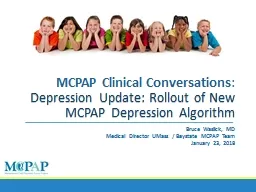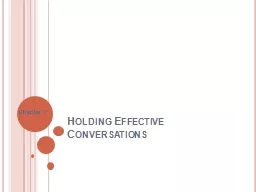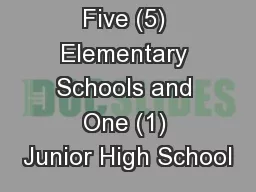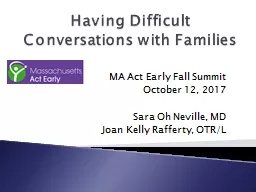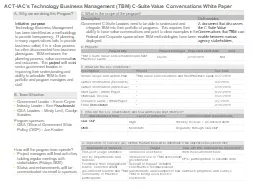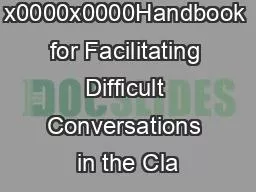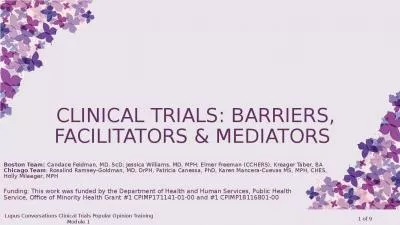PPT-MCPAP Clinical Conversations
Author : natalia-silvester | Published Date : 2018-10-22
Depression Update Rollout of New MCPAP Depression Algorithm Bruce Waslick MD Medical Director UMass Baystate MCPAP Team January 23 2018 1 Overview Introduction
Presentation Embed Code
Download Presentation
Download Presentation The PPT/PDF document "MCPAP Clinical Conversations" is the property of its rightful owner. Permission is granted to download and print the materials on this website for personal, non-commercial use only, and to display it on your personal computer provided you do not modify the materials and that you retain all copyright notices contained in the materials. By downloading content from our website, you accept the terms of this agreement.
MCPAP Clinical Conversations: Transcript
Download Rules Of Document
"MCPAP Clinical Conversations"The content belongs to its owner. You may download and print it for personal use, without modification, and keep all copyright notices. By downloading, you agree to these terms.
Related Documents

